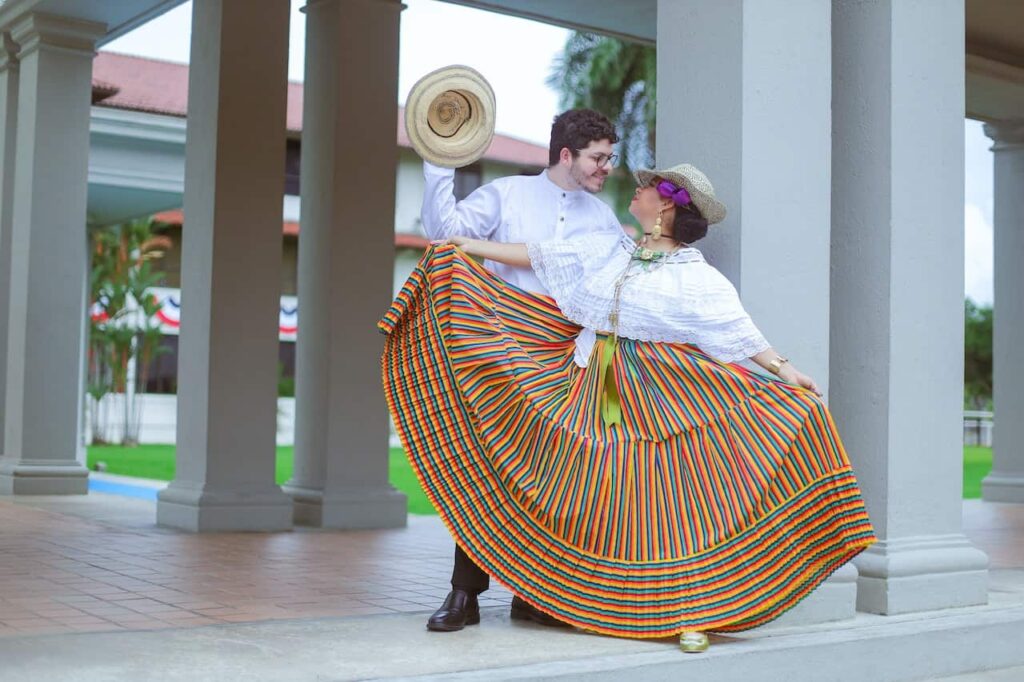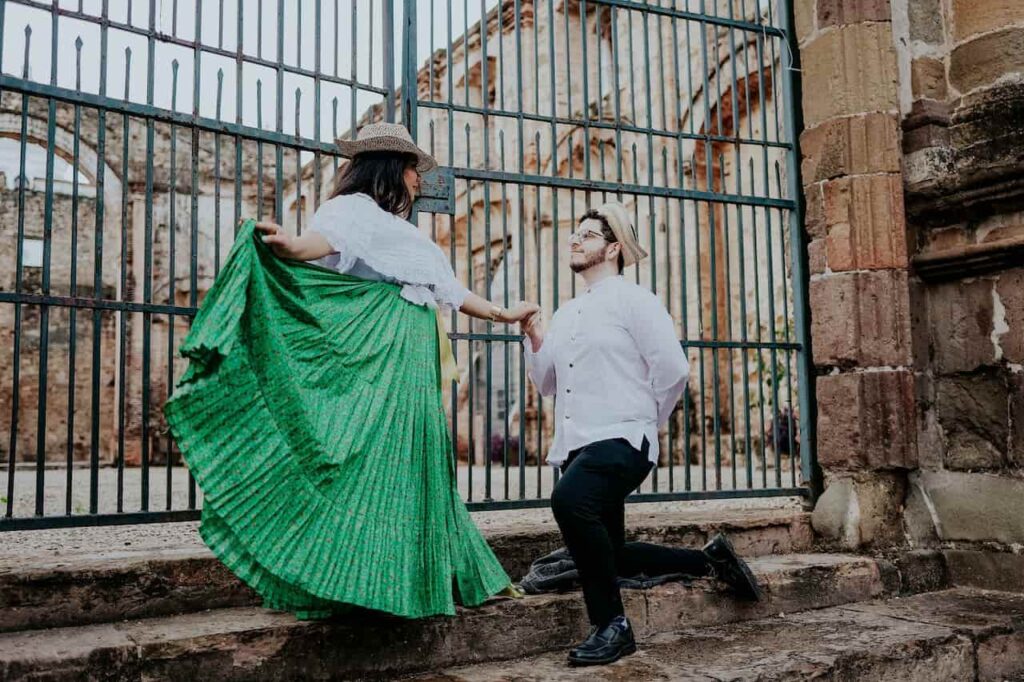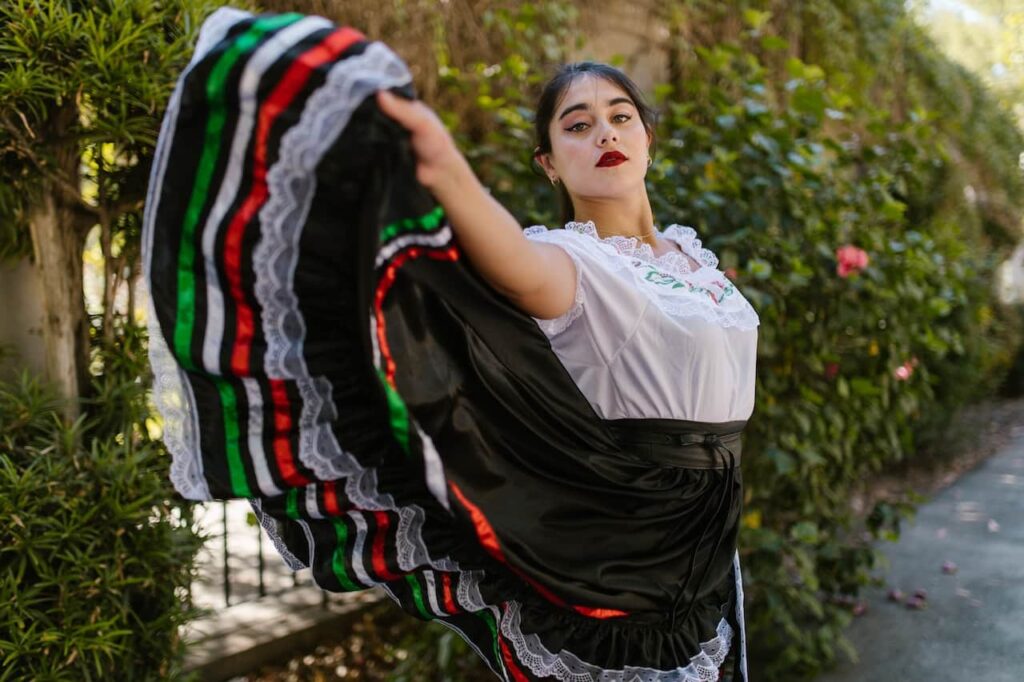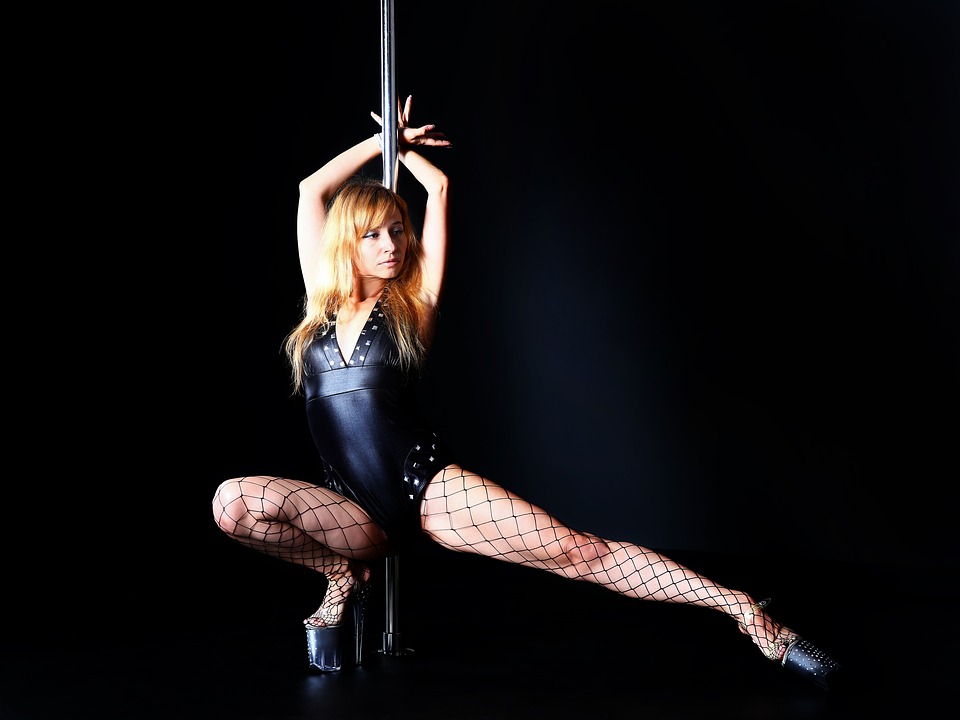
Summary
Welcome » Welcome » Guide to dance types » Argentine dance: from tango to folk dances
Argentine dance: from tango to folk dances
For ordinary people, Argentina is the cradle of tango. In reality, this country gave birth to multiple dances, as well traditional that folk. Argentine dance is even part of the country's heritage! Within the land of elegance and passion, bewitching dances are hidden.
Summary
The origin of Argentine dance
Argentine dance is a rich mix of diverse influences and cultures. She embodies the soul of Argentina but also its people and its history. First known for tango, Argentine dance has reinvented itself in several dance styles and for all ages.
The beginning of Argentine dance
For your information, the history of Argentine dance begins in the 19th century. At the time, Argentina was attracting waves of immigrants from around the world. Indeed, there were influences from all over the world, including Italian, indigenous, African and Spanish. Then, during the 19th century, tango appeared in the working-class neighborhoods of Buenos Aires. This dance was done improvisationally, in the streets or taverns, by the working classes and immigrants.
The golden age of Argentine dance
Gradually, tango gained in sophistication as it was admitted from elegant salons to the front of the stage.
Furthermore, Argentine dance does not stop at tango. On the contrary, folk dances emerged, showing the country's rural heritage. We find zamba, cueca and chacarera among others.

Dances specific to Argentina
Argentine dance is a mosaic of varieties. Each style carries within itself the history and culture of the country. From the streets of Buenos Aires to the plains of the Pampas, every corner of Argentina resonates with the steps of the country's emblematic dances.
Tango
Tango comes from European influence as well as African slaves in the 16th century. Indeed, at that time, the port of Buenos Aires was one of the busiest in South America. Furthermore, tango was danced in unsavory places such as brothels or taverns. In this sense, tango was considered a vulgar dance associated with an expression of sensuality.
But decades later, tango left the working-class neighborhoods to settle in the elegant salons of Buenos Aires, appreciated by high society.
Then, in the 20th century, tango was exported abroad, notably to the United States and Europe to become a ballroom dancing.
How to dance tango?
The dancers must stand facing each other, leaning slightly forward while maintaining contact at chest level. Then, tango is danced with not slipped and fluid movements. In addition, one must walk slowly to the music and in synchronization with the partner.
In addition to the basic steps, it is possible to integrate figures and sequences to the choreography. For example, it is not uncommon to see a figure of parada, this is a momentary stop in order to create a dramatic break in the dance. Also, there is the figure ocho which consists of executing a circular movement performed by the dancer around her partner. Or even the figure sacada, it is a rotation by the two dancers, of a turn or two in synchronization.
The carnivalito
The carnivalito is one of the traditional dances, native to the lowlands of the Andes mountains in South America. As its name suggests, this dance celebrates carnival and embodies the festive spirit.
Dance in practice
To dance carnavalito, you must have a traditional dress. Typically, women wear colorful skirts, ornate hats and embroidered shawls. While men dress in ponchos, loose pants and a hat.
Before you start dancing, stand facing your partners holding their hands with your arms slightly bent.
Then you can make lateral movements, of the jumps or even whirlwind movements in sync with the music. If you feel comfortable with these movements, you can add figures such as towers, of the pas de deux and symbolic gestures.
Finally, carnavalito is often danced in groups, which means that dancers can pass each other, exchange places or turn around to reinforce the celebratory atmosphere.
The chamamé
Chamamé embodies the celebration of the identity and culture of the northern regions of the country, particularly the provinces of Entre Rios and Corrientes. It's a dance festive in rhythm with the accordion.
As with carnavalito, you must stand in front of your partner holding their hands. Then you move back and forth following the rhythm of the music adding light jumps and twirls. After which, you can add a dose of dynamism with chasing steps or crossing steps.
The bailecito
The bailecito is a folk dance, a legacy of European dances which were integrated into Inca customs and culture.
In its traditional form, the bailecito is syncopated with 3 repetitions. It is danced in love, with harmonious and synchronized movements. Dancers hold a scarf while performing graceful sideways movements and turns. Then the dance continues with figures such as turns, pas de deux and symbolic gestures to tell a story. During the dance, dancers interact with each other by moving in sync for a visual connection. You can integrate chased or crossed steps to give speed to the dance. Also, you can communicate with your comrades through graceful hand movements.
The pericon
The pericon comes from Argentinian folklore which reflects the elegance and culture of the country.
To dance the pericon, stand in a circle with the other dancers, the men on the outside and the women on the inside. Each couple holds hands so that the circle is united.
Then, the dance begins with the basic steps. First, you must perform a saludo which is a respectful greeting. Continue with up and down movements with the arms. Then take the other dancers by the hand and rotate in sync with the music. In a beat, you can do sideways movements and steps forward and backward or even swap places between the dancers.
The chacarera
The chacarera originates from rural northwest Argentina, showing the traditions of Spanish settlers and indigenous populations. The choreography of the chacarera bears witness to agrarian life and community unity.
The dance begins with a setup, all dancers stand facing each other, leaning towards each other, holding hands and looking at each other. Then the choreography begins with side steps, forward and backward movements with rotations. Then comes the key element of the dance, the zapateo which is a series of steps where the feet strike the ground. Finally, the dancers perform a vuelva, this is a graceful rotation.
The cueca
The cueca is present in many Latin American countries, but each has added its own cultural touch, she crosses borders by settling in Bolivia, Peru, Chile or Argentina.
This is a couple dance. To practice it, stand in front of your partner while holding hands. Your date places their right arm around your back while maintaining a comfortable distance. Then you can take sharp, rhythmic steps in sync with the music and continue with steps forward, backward and to the side. Also, you can perform graceful hand movements with a handkerchief that you can wave or throw in the air. Then, you can integrate a zapateo, that is to say, striking the ground with your foot energetically. Finally, the cueca includes rotations where the dancer twirls around her partner.
The morenada
The morenada is a traditional dance of Bolivian origin. Indeed, it draws its roots from Afro-Bolivian traditions. It evokes the history of African slaves brought to Bolivia during the colonial era. Today, it is also danced by Argentines.
The choreography begins with the dancers standing in a line, shoulder to shoulder wearing traditional costumes, adorned with black masks, in reference to the Afro-Bolivian origin of the dance.
Then the dance continues with lively steps in rhythm with the music from front, back and to the sides. To give an expressive dimension to the dance, arm movements like wiggles, lowering and raising are added. Then, to mark the rhythm of the music, a zapateo figure is performed with turns.
The criollo waltz
The criollo waltz is a waltz from the rio de la plata, that is to say, in 3 time. Originally from Peru, it testifies to the mixture of African, indigenous and Spanish cultures of the country.
The criollo waltz is danced as a couple, the partners facing each other hold one hand while the other is placed on the partner's shoulder or waist. The dance is marked by alternating steps and pivots elegantly forward, backward and sideways. Also, there are rotations where the dancers rotate in tandem.
The benefits of Argentinian dance
Argentina's different dance forms offer much more than just a good time on the dance floor. In fact, they reserve several benefits for your body and mind:
- Stimulation of creation
- Improved coordination and balance
- Muscle strengthening
- Promotes flexibility
- Increased cardio and endurance
- Reduction of anxiety and stress
- Gaining self-confidence
- Strengthening emotional bonds

To conclude
Let's take stock of Argentinian dance. We have seen that it began following waves of immigration, notably Italian, indigenous, African and Spanish in the 19th century. It is in the neighborhoods of Buenos Aires that one of Argentina's emblematic dances, the tango, was born.
Then we toured the popular Argentinian dances, we find :
- Tango
- The carnivalito
- The chamamé
- The bailecito
- The pericon
- The chacarera
- The cueca
- The morenada
- The criollo waltz
Finally, Argentinian dance offers you profits such as :
- Stimulation of creation
- Improved coordination and balance
- Muscle strengthening
- Promotes flexibility
- Increased cardio and endurance
- Reduction of anxiety and stress
- Gaining self-confidence
- Strengthening emotional bonds
Go on a dancing adventure with DECIBEL®
Argentine dance appeals to you? What if you came for a dance session at DECIBEL®?
Let off steam for 45 minute dance workout sessions. Not only do you have a good time but you tone your abs, glutes and hamstrings. In addition, thanks to our unique choreographies, YOU strengthen your cardio. Be ready to give it your all on the dance floor, and if you have a memory lapse on a move, don't panic, our attentive coaches to your needs are there to reproduce it for you.
Dance in sync with our playlists ranging from Drake to Beyoncé against a backdrop of dim light.
Become a dance professional with DECIBEL®!
Read also
follow us
on instagram
Follow our news,
take advantage of our tutorials and participate to our
contests!
BREAKING NEWS!
Receive our newsletter.






